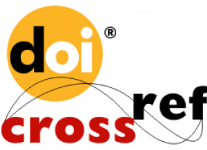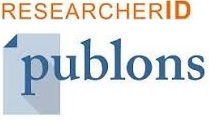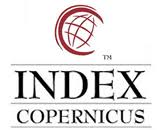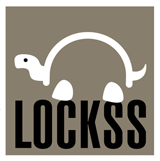Flipped Classroom Model in Language Learning
Abstract
The conventional classroom instruction assumes a more passive role for the student in that the teacher lectures during class time and the student completes homework outside of class. The flipped classroom model, on the other hand, represents a transformative approach to education that prioritizes active learning and student-centred instruction. Flipped classroom enhances learning outcomes, particularly in language learning. This article explores the flipped classroom model and how it affects language learning, emphasizing both its advantages and its drawbacks.
Keywords
Full Text:
PDFReferences
Karjanto, N., & Acelajado, M. J. (2022). Sustainable learning, cognitive gains, and improved attitudes in College Algebra flipped classrooms. Sustainability, 14(19), 12500.
Brame, C. (2013). Flipping the classroom. Vanderbilt University Center for Teaching. Retrieved from http://cft.vanderbilt.edu/guides-sub-pages/flipping-the-classroom/.f
Baig, M.I. & Yadegaridehkordi, E. (2023). Flipped classroom in higher education: a systematic literature review and research challenges. Int J Educ Technol High Educ, 20, 61 https://doi.org/10.1186/s41239-023-00430-5
Zou, D., Xie, H., Wang, F. L., & Kwan, R. (2020). Flipped learning with Wikipedia in higher education. Studies in Higher Education, 45(5), 1026–1045. https://doi.org/10.1080/03075079.2020.1750195
Vygotsky, L. S. (1978). Mind in Society: The Development of Higher Psychological Processes. Cambridge, MA: Harvard University Press.
Jiang, M.Y.-C., Jong, M.S.-Y., Lau, W.W.-F., Chai, C.-S., Liu, K.S.-X., & Park, M. (2022). A scoping review on flipped classroom approach in language education: Challenges, implications and an interaction model. Computer Assisted Language Learning, 35(5–6), 1218–1249
Mortaza Mardiha, S., Alibakhshi, G., Mazloum, M., & Javaheri, R. (2023). Electronic flipped classrooms as a solution to educational problems caused by COVID-19: A case study of a research course, Iran Higher Education. Electronic Journal of e-Learning, 21(1), 26–35.
Torío, H. (2019). Teaching as coaching: Experiences with a video-based fipped classroom combined with project-based approach in technology and physics higher education. JOTSE, 9(3), 404–419
Educause Learning Institute. (2012). 7 things you should know about flipped classroom. Retrieved from https://library.educause.edu/~/media/files/library/2012/2/eli7081-pdf
Bergmann, J., & Sams, A. (2012). Flip Your Classroom: Reach Every Student in Every Class Every Day (pp. 120-190). Washington DC: International Society for Technology in Education./
Chuang, H. H., Weng, C. Y., & Chen, C. H. (2018). Which students benefit most from a flipped classroom approach to language learning? British Journal of Educational Technology, 49(1), 56–68. https://doi.org/10.1111/bjet.12530
Turan, Z., & Akdag-Cimen, B. (2020). Flipped classroom in English language teaching: A systematic review. Computer Assisted Language Learning, 33(5-6), 590–606. https://doi.org/10.1080/09588221.2019.1584117
Egbert, J., Herman, D., & Lee, H. (2015). Flipped instruction in English language teacher education: A design–based study in a complex, open–ended learning environment. Teaching English as a Second Language Electronic Journal, 19(2), 1–23.
Huang, A. Y., Lu, O. H., & Yang, S. J. (2023). Effects of artificial Intelligence—Enabled personalized recommendations on learners’ learning engagement, motivation, and outcomes in a flipped classroom. Computers and Education, 194, 104684
Yıldız, E., Doğan, U., Özbay, Ö., & Seferoğlu, S. S. (2022). Flipped classroom in higher education: An investigation of instructor perceptions through the lens of TPACK. Education and Information Technologies, 27(8), 10757–10783.
DOI: http://dx.doi.org/10.52155/ijpsat.v45.1.6499
Refbacks
- There are currently no refbacks.
Copyright (c) 2024 Gonca Ekşi

This work is licensed under a Creative Commons Attribution 4.0 International License.



















